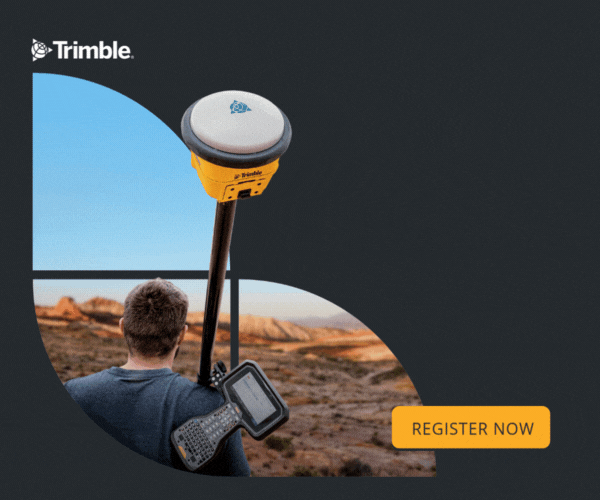U.S. Fish and Wildlife Service Hosts Youth Service Project to Develop Historic Records
Redlands, California—July 28, 2009—During ESRI’s recent series of integrated user conferences held in San Diego, California, the National 4-H GIS Leadership Team and Equipo GIS, an international youth group, were invited by the U.S. Fish and Wildlife Service (USFWS) to conduct geographic information system (GIS)-based service projects on two units of the San Diego Bay National Wildlife Refuge. The results of their projects were presented at ESRI’s Education User Conference (EdUC).
These projects also served to initiate the newly established GeoMentor program, which was jointly announced by ESRI and the National Geographic Society during the Plenary Session at ESRI’s 29th annual International User Conference. The program enlists people who use geographic information to help educators and students better understand the many ways geography and GIS can help us comprehend the interrelation of objects and events in our world.
One USFWS-led project was conducted at Gunpowder Point, part of the Sweetwater Marsh Refuge Unit located in Chula Vista, California, about 10 miles south of San Diego. Gunpowder Point was once the site of the Hercules Powder Company plant where, between 1916 and 1919, kelp was processed to produce acetone. The acetone was exported to Great Britain to make cordite, an explosive used by the British during World War I.
Explained Tony McKinney, GIS coordinator at USFWS Carlsbad Fish and Wildlife Office, "Using old maps, current aerial photographs, and structural remains in the field, we determined the historic location of the 156 redwood digestive tanks where kelp was converted to acetone for use in making cordite, a smokeless gunpowder. This tank field has been described as the heart of the Hercules Powder Company, which operated the facility. Each tank was 25 feet in diameter, stood 15 feet tall, and had a capacity of 50,000 gallons. Other remains from the historic facility were also located in the field and recorded. This data will assist the San Diego Bay National Wildlife Refuge in developing interpretive materials to tell the story of Gunpowder Point’s role during World War I."
Commented Fatima Murillo, 4-H Club member from Tennessee, "What struck me as the neatest aspect of our project was the fact that we were bringing a no longer existent facility from 1916 back to life by taking note of its former existence. It was really cool to see the foundation, the pier, and some of the tools (e.g., chains, pipes) that were used decades ago. I enjoyed contributing my time and the data I collected to record history with the use of a GPS receiver and ESRI software."
For their second project, the students journeyed to the South San Diego Bay Refuge Unit, located in Imperial Beach, where they mapped the future route of a nature trail and delineated the edge of the wetland habitat around an existing salt pond by evaluating soils and plant life. The data collected will assist refuge staff in planning future projects including the construction of the nature trail and the restoration of the salt pond to a native salt marsh habitat.
Concluded Jim Kahler, program specialist for the 4-H National Headquarters at the United States Department of Agriculture (USDA), "We are very proud of the accomplishments of the GIS community mapping clubs in our 4-H youth development program. Next year, we will be celebrating our 30th anniversary in working with the U.S. Fish and Wildlife Service, and this project has served as an excellent way to demonstrate our mutual commitment."
About the U.S. Fish and Wildlife Service
The mission of the U.S. Fish and Wildlife Service is working with others to conserve, protect, and enhance fish, wildlife, plants, and their habitats for the continuing benefit of the American people. We are both a leader and trusted partner in fish and wildlife conservation, known for our scientific excellence, stewardship of lands and natural resources, dedicated professionals, and commitment to public service. For more information on our work and the people who make it happen, visit www.fws.gov/.
About 4-H
4-H is a community of six million young people across America learning leadership, citizenship, and life skills. National 4-H Council is the private sector, nonprofit partner of National 4-H Headquarters (USDA). The 4-H programs are implemented by the 106 land grant universities and the Cooperative Extension System through their 3,100 local extension offices across the country. Learn more about 4-H at www.4-h.org.
About ESRI
Since 1969, ESRI has been giving customers around the world the power to think and plan geographically. The market leader in GIS, ESRI software is used in more than 300,000 organizations worldwide including each of the 200 largest cities in the United States, most national governments, more than two-thirds of Fortune 500 companies, and more than 7,000 colleges and universities. ESRI applications, running on more than one million desktops and thousands of Web and enterprise servers, provide the backbone for the world’s mapping and spatial analysis. ESRI is the only vendor that provides complete technical solutions for desktop, mobile, server, and Internet platforms. Visit us at www.esri.com.
